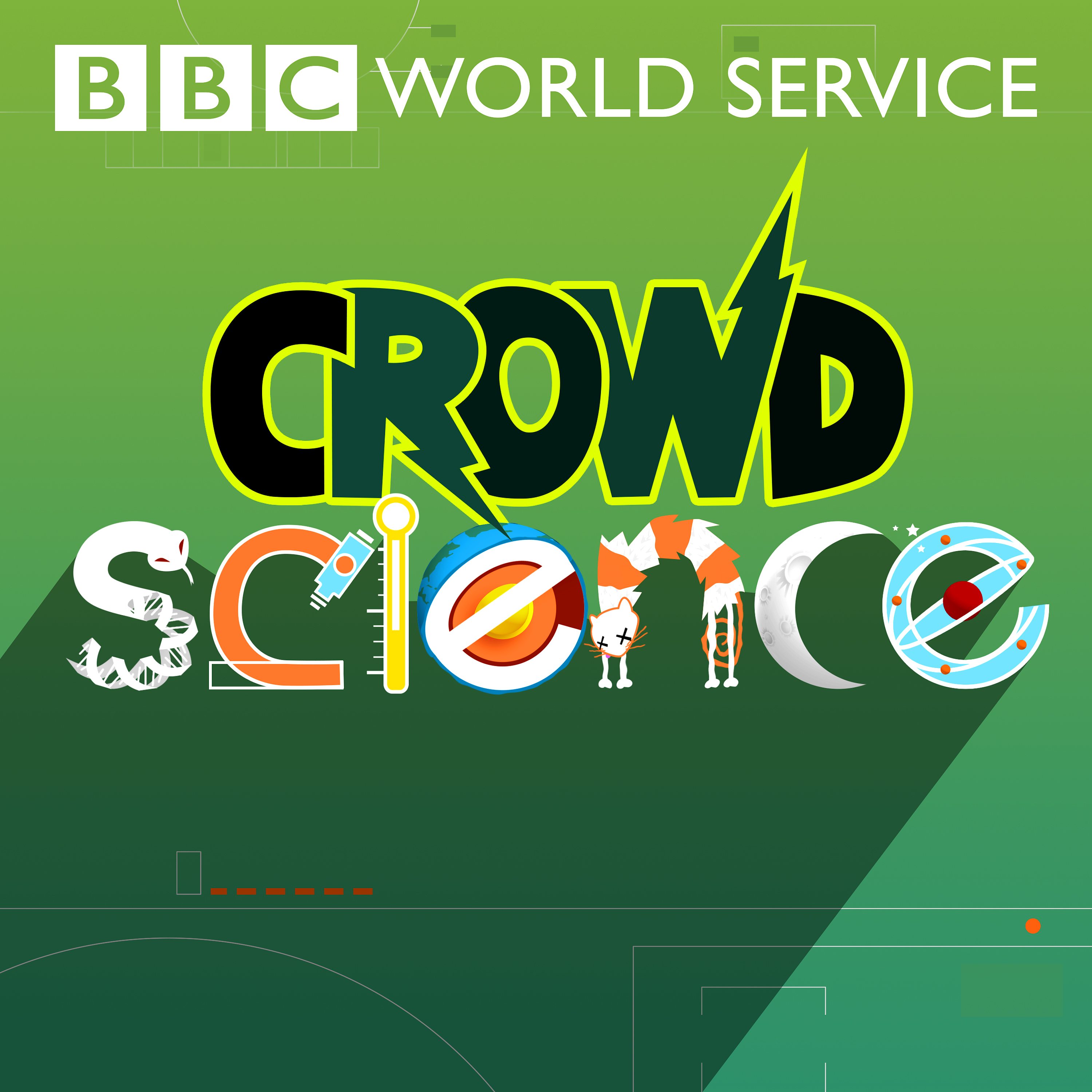
CrowdScience
Nov 3, 2023
“You are what you eat” is a well-known saying. But is it really true? That’s what we explore in this week’s CrowdScience thanks to a question from listener Claire from Australia.
We each have trillions of tiny microbes and bacteria inside our bodies, living in our mouths, skin, ears and even in our eyes. Each community of microbes and bacteria is known as a microbiome. The most populous of these is in our gut, with hundreds of trillions of organisms and bacteria helping digest the food we eat.
Our gut microbiome is affected by lots of things but mainly by our diet. With our gut microbiome forming such a massive part of our insides, people have long suspected that what we eat impacts how we feel.
Presenter Caroline Steel investigates. She speaks to a professor of Psychiatry, Jane Foster, to find out how interconnected our microbiome and our brain really are. Professor Foster also explains the different ways in which our microbiome and brain communicate.
Do we really know what role diet plays in mental health? Consultant psychiatrist Professor David Veale provides more detail. And at a café with a rather interesting menu, Caroline samples some of the food available as occupational therapist Joel Oliver explains how important food can be as part of mental health treatment.
This begs the question: if our microbiome really does influence our mental health, can we harness the power of microbes to potentially find new treatments to help our mental health? Dr Najaf Amin tells us about her research identifying the link between specific microbes and depression.
Producer: Hannah Fisher Presenter: Caroline Steel Editor: Richard Collings Production Coordinator: Jonathan Harris Studio Manager: Bob Nettles
(Photo: Young hipster man eating salad. Credit: Tara Moore / Getty Images)

